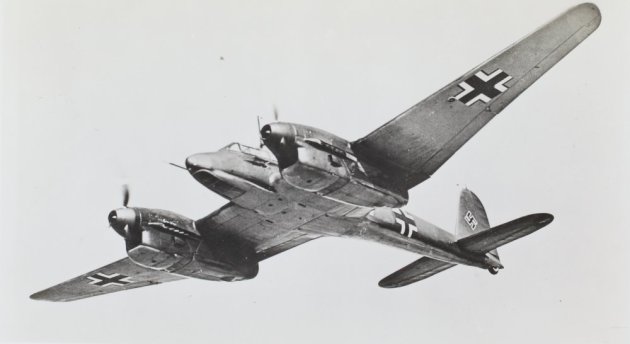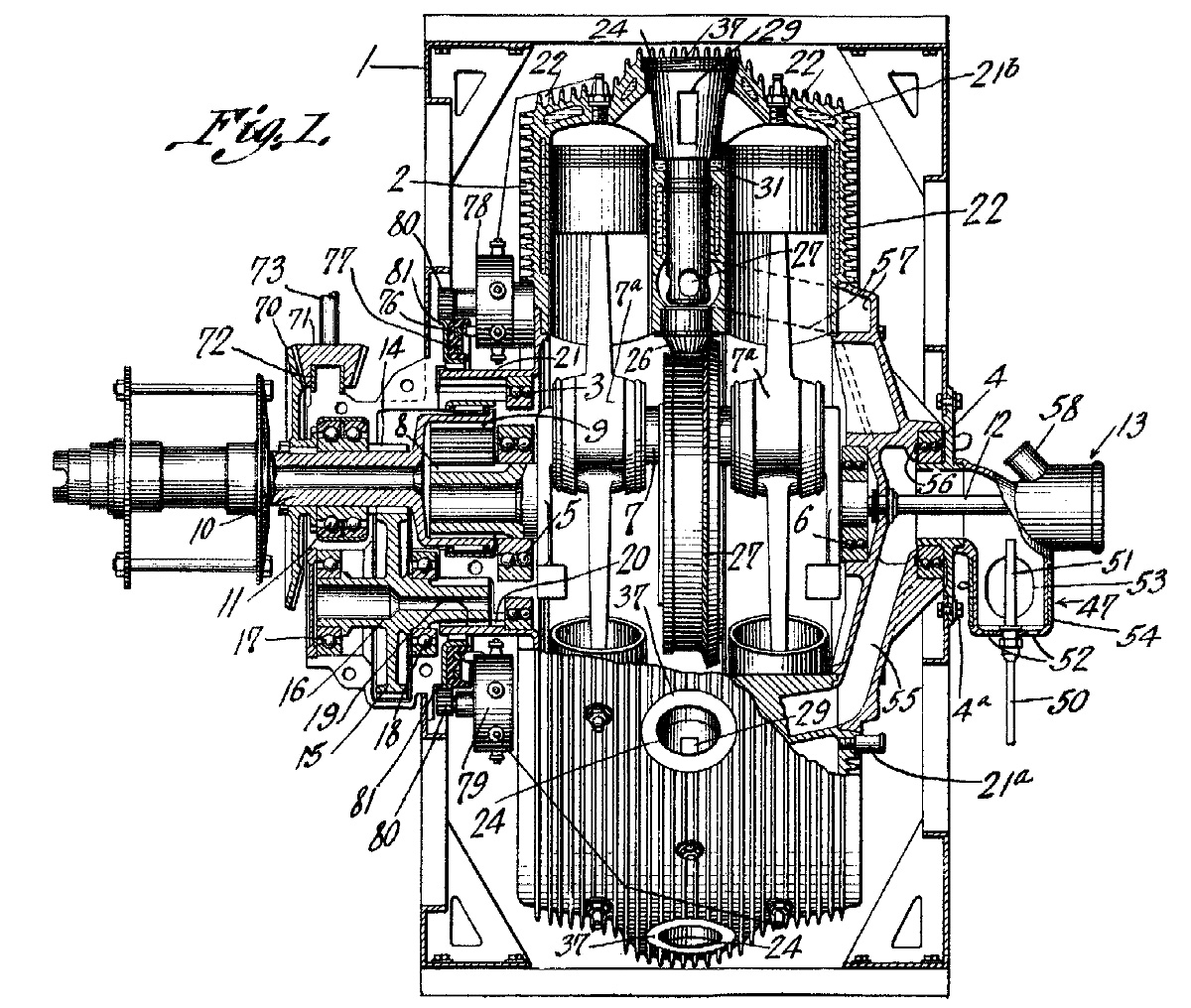See the Fw 187, which was flown as a single-seater and two-seater, the latter in competition to the Bf 110My question is actually pretty simple.
What would have been the implications if the bf 110 only had 1 pilot and became a heavy fighter just like the P-38. Would the performance be greater with it having significantly reduced weight? Or would the weight saved be not enough to make a difference? Would they been able to compete more favorably against the Spitfires and Hurricanes?


